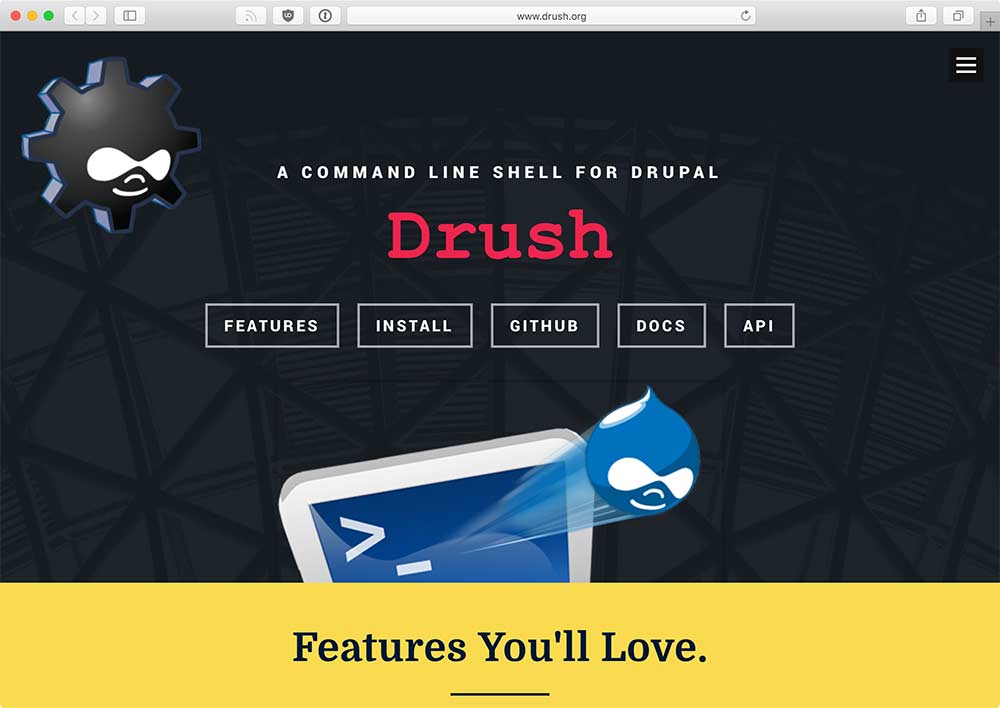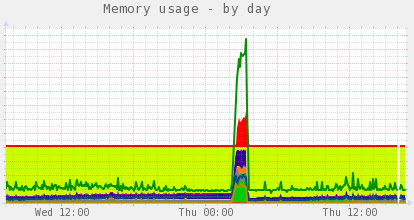Drupal VM 4.8 and Drush 9.0.0 - Some major changes
tl;dr: Drupal VM 4.8.0 was just released, and it uses Drush 9 and Drush Launcher to usher in a new era of Drush integration!
Drush has been Drupal's stable sidekick for many years; even as Drupal core has seen major architectural changes from versions 4 to 5, 5 to 6, 6 to 7, and 7 to 8, Drush itself has continued to maintain an extremely stable core set of APIs and integrations for pretty much all the time I've been using it.

